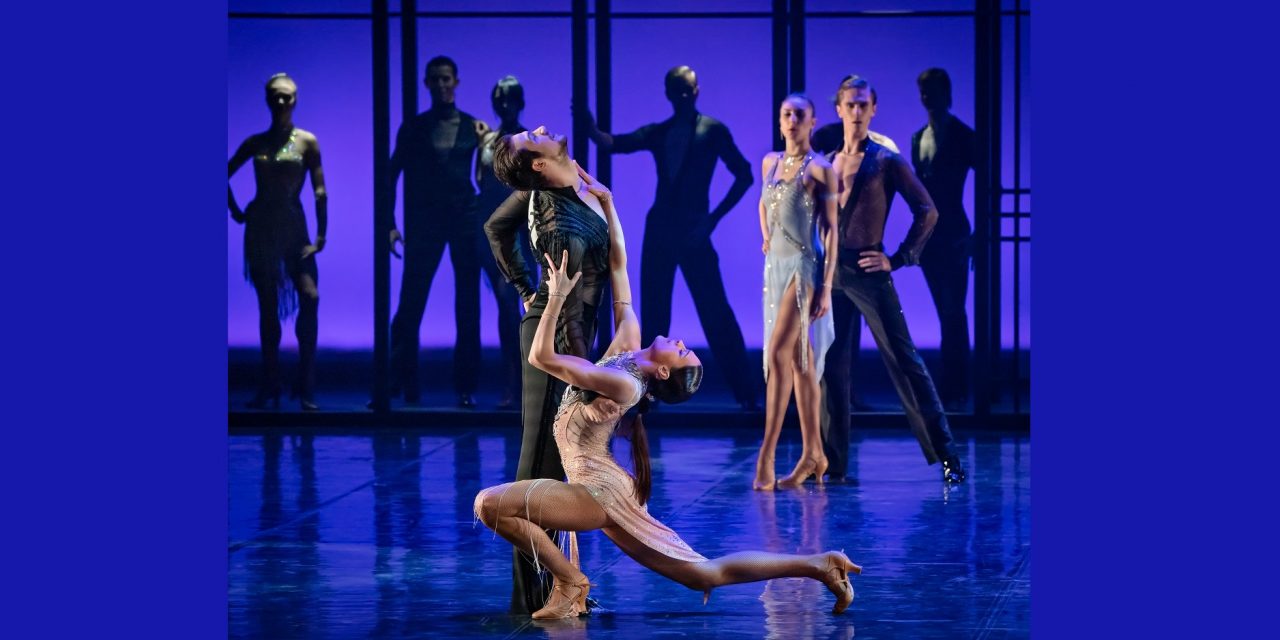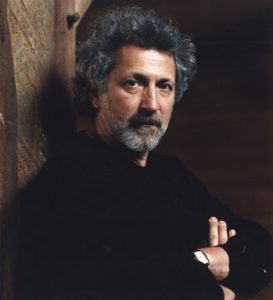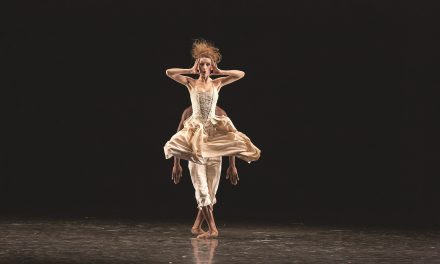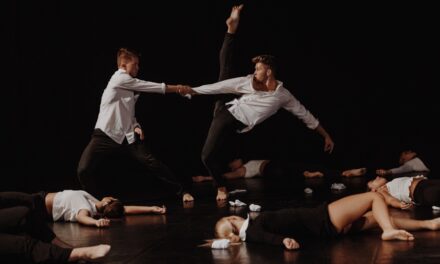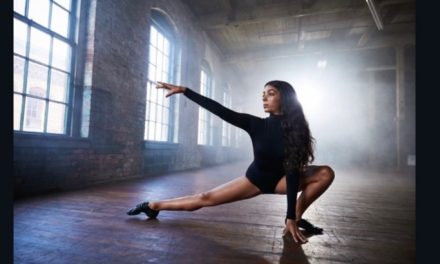Segerstrom Center for the Arts welcomes the brilliant Eifman Ballet of St. Petersburg to premiere The Pygmalion Effect May 24-26, 2019 at Segerstrom Hall. In The Pygmalion Effect based on the Greek Mythological tale of Pygmalion, Boris Eifman explores the love of the artist for his art and obsession for his subject with his bold choreographic style. The Siberian born choreographer (B. 1946), where his family was settled in 1941 during the “Great Patriotic War” was eventually trained in Kishinev, Moldavia in the choreography department of legendary Leningrad Conservatory. His brilliance and intelligence was recognized early on for his ability to wed both emotional expressiveness and powerful classical dance technique. Even as a youth, his ability to bridge the art of story, art, music and movement into a cohesive yet boundless expression grew and expanded as it spanned his legacy over decades.
In welcoming Mr. Eifman and his company, the following are a number of questions directed to this “master of dance” about his process and considerations as he moved through the development of creating The Pygmalion Effect.
DiVito: How did you decide to use Pygmalion as your next subject? What was your process of discovery?
Eifman: I always choose a story which will contribute to my company’s years-long creative searches and will be new to our audience. We try not to repeat the stories, otherwise our audience may lose interest. The myth about Pygmalion has been interpreted in fine art, literature and music pieces numerous times. I decided to offer my interpretation of this myth, in which the scene takes place in the world of ballroom dancing. I think it was a good idea because Eifman Ballet discovered new, unexpected type of plastique and created an unbelievably cheerful and light production which differs so much from our recent psychodramas.
DiVito: In your pieces your subjects are taken from art, sculpting, history as is Pygmalion, what’s important or fascinates you about the metamorphosis of the characters in this ballet?
Eifman: The metamorphosis is a key story element in The Pygmalion Effect. The ballet shows the evolution of the lead female character – a girl from slums who wants to become a star of ballroom dancing. In the work of Bernard Shaw, the transformation of the main female character occurs on the phonetical level. In our ballet, the heroine transforms – externally and internally –through participation in the dance world. We show that the special power of dance is able to inspire a person to realise self-improvement and helps overcome almost any barriers.
DiVito. Most of your work has been dramatic and profoundly psychological. With only seeing the video intro of Pygmalion, it appears to be brilliantly bold (as your other work), but brighter and sassier in comparison. Was this a Metamorphosis for you also?
Eifman: Of course. The Pygmalion Effect is an experiment for me and my company – in terms of genre, plastique, style. Even in terms of music. I have never set my ballets to the music of Strauss Jr. before. In The Pygmalion Effect, I made Strauss my co-author. I made the right choice and, what is more, I managed to find a special dramaturgy in his waltzes and polkas. Frankly speaking, both me and my dancers evolve with every premiere. Creating a new production takes at least a year. All this time, you exist in the world of one story, one character, one literature work. After that, it is impossible to stay the same.
DiVito: All your dancers are so exquisite, how do you find them, train them, and/or what is expected of them in your company?
Eifman: I expect that my dancers will provide bright and talented realization of my ideas on stage. We look for dancers all over the world. At the moment, Eifman Ballet includes dancers from the USA, Australia, Germany, Switzerland and others. It is hard to find suitable dancers. Even excellence in technique does not guarantee that a dancer will be able to master choreography that is absolutely new for him. Almost every new dancer in the company goes though re-training, because there are no ballet schools in the world that prepare dancers for Eifman Ballet’s repertory. This was one of the reasons for founding a new ballet school in Saint Petersburg in 2013. This is the Boris Eifman Dance Academy which is aimed at training universal ballet performers.
DiVito: How did you break free of the traditional Russian Ballet, to be fearless in your choreographic expression?
Eifman: It is important to mention that I have never broken with Russian ballet traditions. On the contrary, I strived to protect and develop them. Developing my own and unique choreographic universe, I relied on the heritage of my outstanding predecessors. There is no conflict here. I prefer the path of evolution rather than revolution and nihilism. However, in the beginning, out theatre did not fit into the rigid academic framework of Soviet ballet. We were looking for a new plastique language and new development paths.
DiVito: Part of what is so thrilling is the spectacular and traditional music you use for your ballets. Do you ever use original music, or work with modern composers, why or why not? Have you ever explored choral music for your pieces?
Eifman: To answer the last question, it is enough to mention our ballet Requiem. Its second act is set to the same-name work of Mozart. I did work with modern composers, both during the Soviet and the post-Soviet times. For example, the ballet Eugene Onegin is set to the classic music by Tchaikovsky and the rock music by Alexander Sitkovetsky. I have an experience of working with original music scores composed specially for my productions. However, in most cases, I choose from an ocean of existing works those music pieces that are ready to inspire me to create ballets.
To find out more about Eifman Ballet, click here.
For information and tickets to The Pygmalion Effect at the Segerstrom Center for the Arts, click here.

